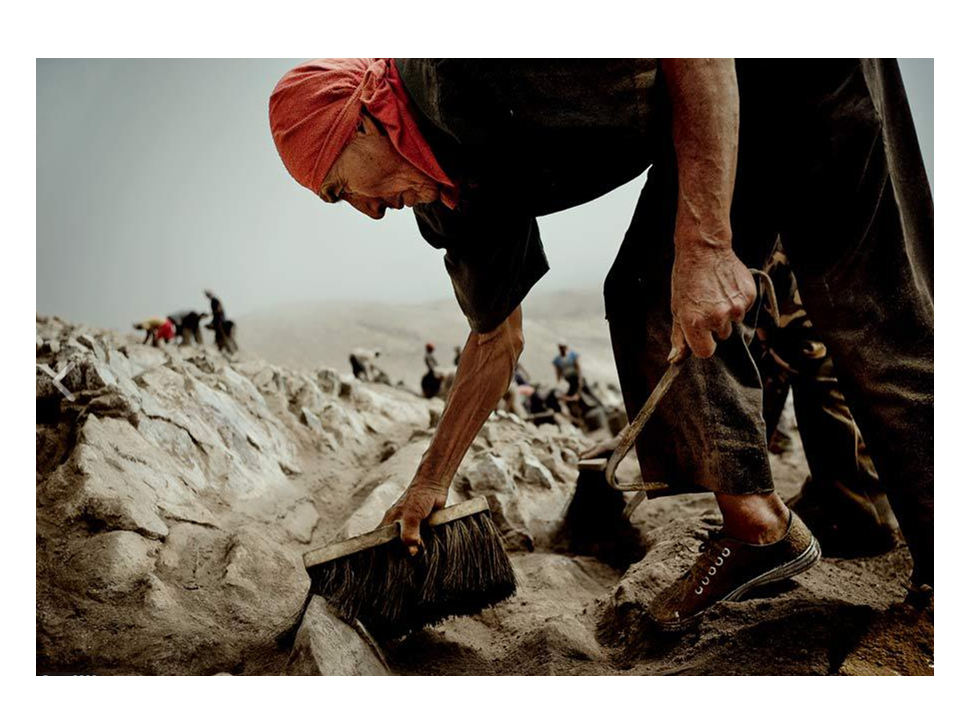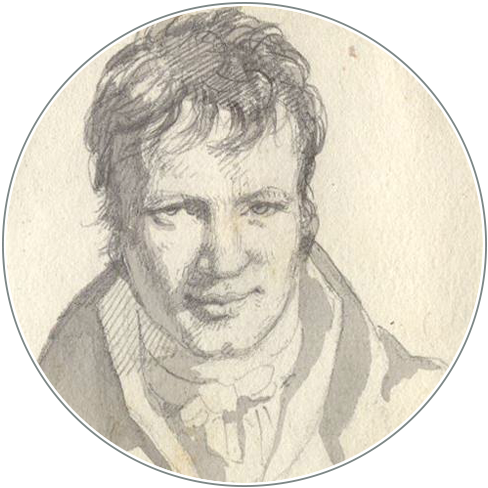Alexander von Humboldt brachte Guano nach Europa - mit ungeahnten globalen Folgen
DOI:
https://doi.org/10.18443/234Keywords:
Guano, Düngung, Landwirtschaft, GlobalisierungAbstract
Zusammenfassung
Die vorliegende Abhandlung beschäftigt sich mit einem bisher wenig beachteten Aspekt von Humboldts Amerikanischer Reise (1799─1804). Während seine Studien der Pflanzen- und Tierwelt bis heute große Aufmerksamkeit genießen, wird Humboldts Beitrag zu der Entwicklung der modernen Landwirtschaft wenig beachtet. Während seines Aufenthalts in Lima erhielt er Proben von Guano, Vogelmist von den Chincha-Inseln vor der peruanischen Küste. Einige Proben, die er von dieser Reise zurückbrachte, wurden von Wissenschaftlern in Frankreich und Deutschland untersucht. Die Analysenergebnisse zeigten außerordentlich hohe Gehalte an Pflanzennährstoffen, insbesondere Stickstoff und Phosphor. In den folgenden Jahrzehnten wurde Guano zu einem bedeutsamen Düngemittel und Auslöser eines Booms in Europa und Peru. Die Auswirkungen dieser Entwicklung sind bis heute sichtbar und werden hier unter besonderer Beachtung von Phosphor beschrieben.
Abstract
One aspect of Humboldt’s travel to South America (1799─1804) received little attention. The fascination of his studies of the South American flora and fauna is unbroken to the present day. Yet Humboldt’s contribution to modern agriculture remains almost unnoticed. During his stay in Lima Humboldt received samples of guano, a mixture of bird droppings from the Chincha Islands off the Peruvian coast, which he took to Europe and had analyzed by the most famous chemists in France and Germany. The results showed outstanding fertilizing effects, in particular due to the high content of nitrogen and phosphorus. The ensuing boom starting from the 1840s influenced agriculture in Europe and the economy of Peru seriously. Some aspects of this historical development may give an idea of the ensuing change not only in agriculture.
Résumé
Il y a un aspect du voyage de Alexander von Humboldt en Amérique du Sud (1799─1804) qui jusqu’à présent a été peu considéré. Ses études de la flore at le da faune de l’Amérique du Sud ont attiré une large attention du public. Or, son influence au développement de l´agriculture moderne est plutôt ignoré. Pendant son séjour à Lima, Humboldt reçut des échantillons de guano qui est composé des excréments d’oiseaux des Iles Chincha face à la côte du Pérou. Humboldt les faisait examiner par des scientifiques français et allemands. Les résultats des analyses montraient des teneurs extraordinaires de nutriments pour plantes, en particulier d´azote et de phosphore. Pendant les décennies suivantes le guano devenait une source indispensable comme fertilisant et a créé un boom en Europe et au Pérou. L’impact de ce développement qui est perceptible jusqu’à nos jours est décrit ci-dessous.

Downloads
Published
How to Cite
Issue
Section
License
Copyright (c) 2016 Bärbel Rott

This work is licensed under a Creative Commons Attribution-NonCommercial 4.0 International License.
HiN operates under a Creative Commons-Licence (CC BY-NC 4.0), which permits the reproduction of articles, free of charge, for non-commercial use only and with the appropriate citation information. All authors publishing with HiN accept these terms of publication.
Authors retain the copyright for their articles and reviews. Copyright of the layout and design of HiN articles remains with the journal and cannot be used in other publications.









